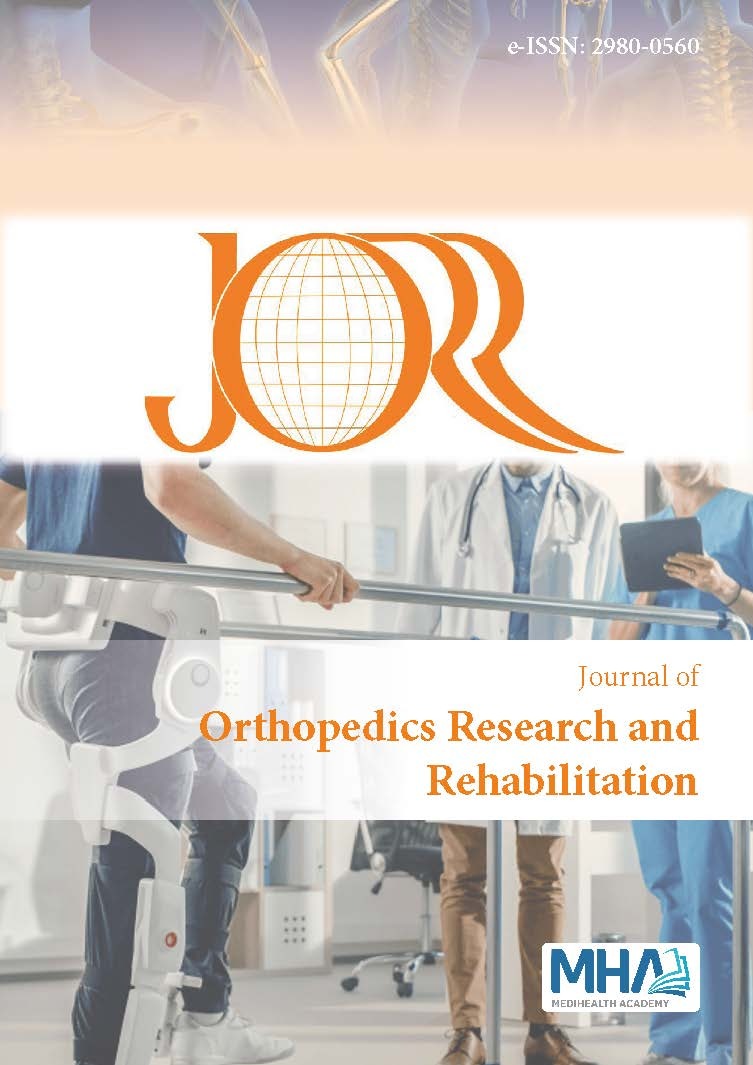1. Ammar A, Brach M, Trabelsi K, et al. Effects of COVID-19 HomeConfinement on Eating Behaviour and Physical Activity: Results of theECLB-COVID19 International Online Survey. Nutrients. 2020;12:1583.doi: 10.3390/nu12061583
2. Nguyen HC, Nguyen MH, Do BN, et al. People with suspectedCOVID-19 symptoms were more likely depressed and had lower health-related quality of life: the potential benefit of health literacy. J ClinMed. 2020;9: 965. doi: 10.3390/jcm9040965
3. Kanık ZH. COVID-19 pandemisinde ev tabanli fiziksel aktivite. GaziSağlık Bilimleri Dergisi. (2020);46-51.
4. Demirbilek Y, Pehlivantürk G, Özgüler ZÖ, Meşe EA. COVID-19outbreak control, example of ministry of health of Turkey. Turk J MedSci. 2020;50:489-494. doi: 10.3906/sag-2004-187
5. Zalewska A, Galczyk M, Sobolewski M, Bialokoz-Kalinowska I.Depression as compared to level of physical activity and internetaddiction among polish physiotherapy students during the COVID-19pandemic. Int J Environ Res Public Health. 2021;18:10072. doi: 10.3390/ijerph181910072
6. Romero-Blanco C, Rodríguez-Almagro J, Onieva-Zafra MD, Parra-Fernández ML, Prado-Laguna MDC, Hernández-Martínez A. Physicalactivity and sedentary lifestyle in university students: Changes duringconfinement due to the Covid-19 pandemic. Int J Environ Res PublicHealth. 2020;17:6567. doi: 10.3390/ijerph17186567
7. Chen P, Mao L, Nassis GP, et al. Coronavirus disease (COVID-19): Theneed to maintain regular physical activity while taking precautions. JSport Health Sci. 2020;9:103. doi: 10.1016/j.jshs.2020.02.001
8. Cao F, Su L. Internet addiction among Chinese adolescents: prevalenceand psychological features. Child Care Health Dev. 2007;33:275-281.doi: 10.1111/j.1365-2214.2006.00715.x
9. Durkee T, Kaess M, Carli V, et al. Prevalence of pathological internetuse among adolescents in Europe: demographic and social factors.Addiction. 2012;107:2210-2222. doi: 10.1111/j.1360-0443.2012.03946.x
10. Kim D-H, So W-Y. The relationship between daily Internet use timeand school performance in Korean adolescents. Open Med. 2012;7:444-449. doi: 10.2478/s11536-012-0019-7
11. Maugeri G, Castrogiovanni P, Battaglia G, et al. The impact of physicalactivity on psychological health during COVID-19 pandemic in Italy.Heliyon. 2020;6: e04315. doi: 10.1016/j.heliyon.2020.e04315
12. Saglam M, Arikan H, Savci S, et al. International physical activityquestionnaire: reliability and validity of the Turkish version. PerceptMot Skills. 2010;111:278-284. doi: 10.2466/06.08.PMS.111.4.278-284
13. Young, KS. Internet addiction: The emergence of a new clinicaldisorder. Cyberpsychol Behav. 2009:1(3). doi: 10.1089/cpb.1998.1.237
14. Kesici S, Sahin I. Turkish adaptation study of Internet addictionscale. Cyberpsychol Behav Soc Netw. 2010;13:185-189. doi: 10.1089/cyber.2009.0067
15. Walker SN, Sechrist KR, Pender NJ. The health-promoting lifestyleprofile: development and psychometric characteristics. Nurs Res. 1987;36(2):76-81.
16. Bahar Z, Beşer A, Gördes N, Ersin F, Kıssal A. Sağlıklı yaşam biçimidavranışları ölçeği II’nin geçerlik ve güvenirlik çalışması. CumhuriyetÜniversitesi Hemşirelik Yüksekokulu Dergisi. 2008;12:1-13.
17. Ammar A, Brach M, Trabelsi K, et al. Effects of COVID-19 homeconfinement on eating behaviour and physical activity: results of theECLB-COVID19 International Online Survey. Nutrients. 2020;12:1583.doi: 10.3390/nu12061583
18. Marzilli E, Cerniglia L, Cimino S, Tambelli RJ. Internet addictionamong young adult university students during the COVID-19pandemic: The role of peritraumatic distress, attachment, andalexithymia. Int J Environ Res Public Health. 2022;19:15582. doi:10.3390/ijerph192315582
19. Campbell JP, Turner JE. Debunking the myth of exercise-inducedimmune suppression: redefining the impact of exercise onimmunological health across the lifespan. Front Immunol. 2018;9:648.doi: 10.3389/fimmu.2018.00648
20. Tate DF, Lyons EJ, Valle CG. High-tech tools for exercise motivation:use and role of technologies such as the internet, mobile applications,social media, and video games. Diabetes Spectr. 2015;28:45-54. doi:10.2337/diaspect.28.1.45
21. Olawade DB, Olorunfemi OJ, Wada OZ, Afolalu TD, Enahoro MA.Development H. Internet addiction among university students duringCOVID-19 lockdown: Case study of institutions in Nigeria. J EducHuman Develop. 2020;9:165-173. doi: 10.15640/jehd.v9n4a17
22. Lin M-P. Prevalence of internet addiction during the COVID-19outbreak and its risk factors among junior high school students inTaiwan. Int J Environ Res Public Health. 2020;17:8547. doi: 10.3390/ijerph17228547
23. Walker SN, Sechrist KR, Pender NJ. The health-promoting lifestyleprofile: development and psychometric characteristics. Nurs Res.1987;36:76-81.
24. Ke D, Chen WJFiph. Comparative study on residents’ health-promotinglifestyle and life satisfaction in Wuhan before and after the COVID-19pandemic. Front Public Health. 2022;10:820499. doi: 10.3389/fpubh.2022.820499
25. Ashgar RI. Health-promoting behaviour during the COVID-19pandemic among Saudi Adults: A cross-sectional study. J Adven Nurs.2021;77:3389-3397. doi: 10.1111/jan.14863

